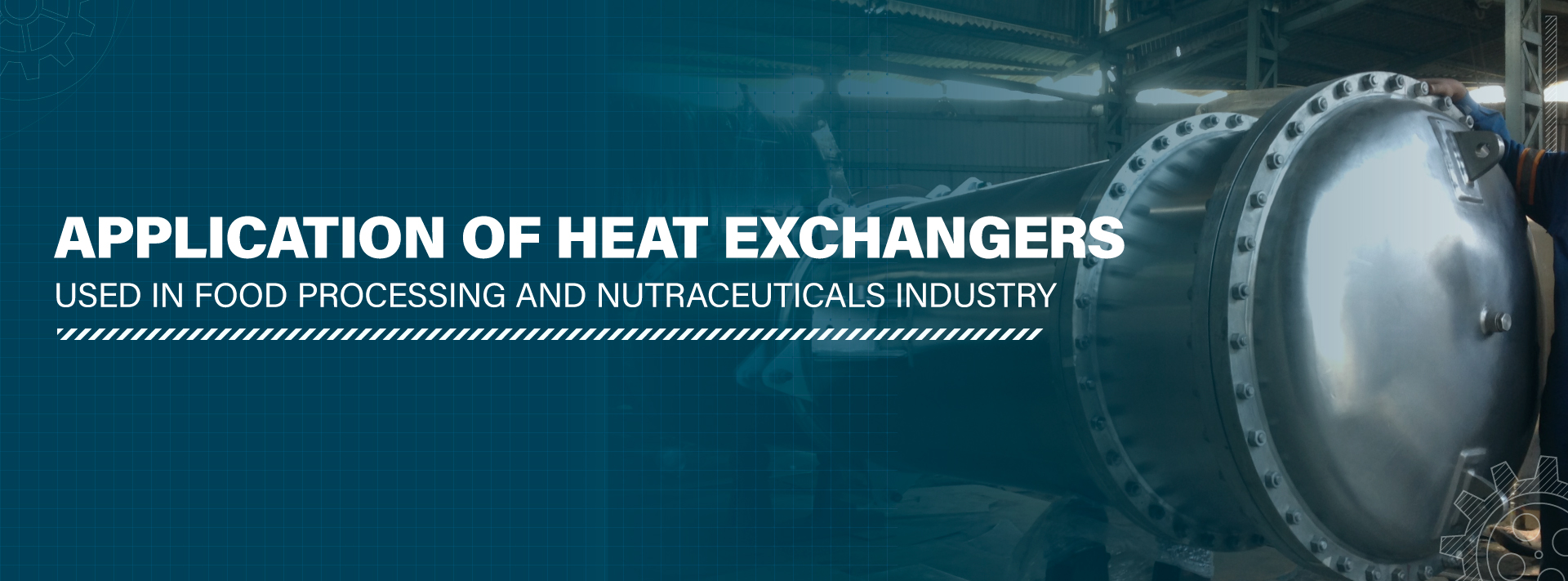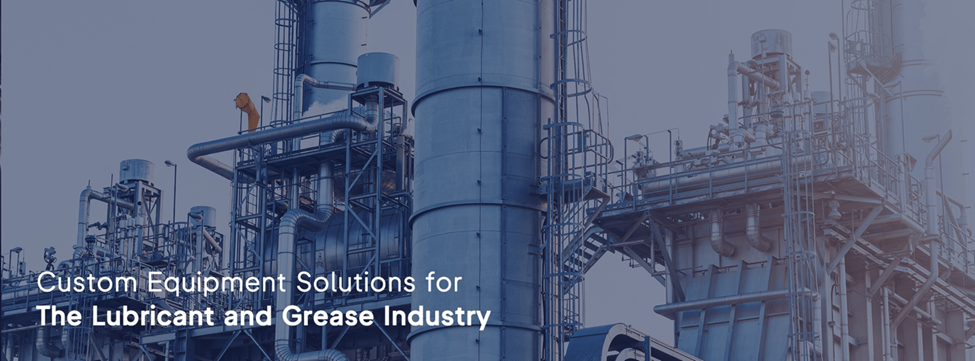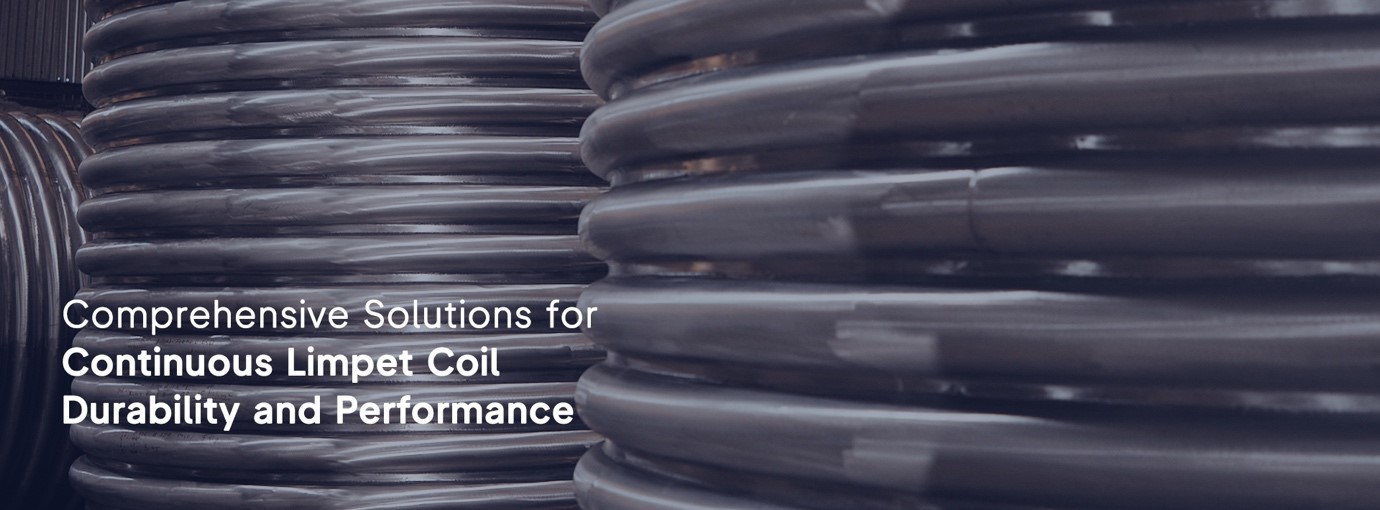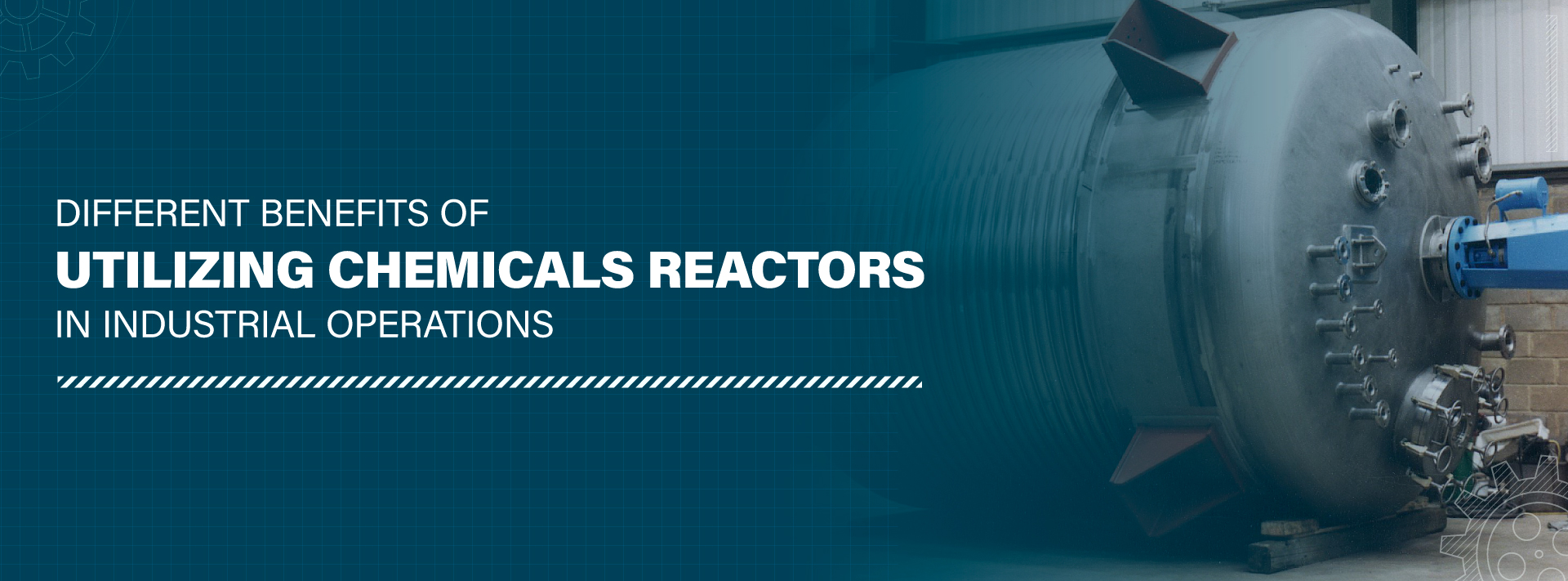The industrial use of heat exchangers has turned out to be something compulsory over the years. It has been considered as an essential tool for sterilization, pasteurization and a lot other food processing requirements. And, undoubtedly, with the advancement of technology, the use of heat exchanger is growing in demand.
Before getting into the details, let’s give you a perspective on the use of this device in the food industry and how it has changed phases.
Food Industry and Heat Exchanger -What does the Combination Suggest?
The device is used for transferring the heat between two or more amount of fluids. In the food industry, the exchanger is used for eliminating the microbials. So, basically, the primary purpose of the device is to make the food and beverages safe to consume. It automatically increases the shelf life of the food. Other than this, the exchanger is used for heating or cooling different products before those are being used for filling, drying, concentrating and other processes.
According to the shell and tube heat exchanger manufacturers in India, it is the most common one among the other types of devices that are there. Other than that, the models may differ based on the viscosity and size of the particle. Based on these two factors, along with the industry need, the type of heat exchanger is being decided.
Also, other factors need to be taken into consideration here. The plate exchanger has multiple plates in the device. While turned on, the fluid passes through these plates and allows the heat exchange process. The exchanger used for the process must have enough velocity all over the plate so that the pressure drop can be controlled during the time of heat transfer.
The models of this plate or corrugated tube heat exchanger can seem to be of similar kind but how the plates are being arranged inside make all the difference.
Heat Exchanger in Nutraceuticals Industry – Understanding the Application
The demand for Nutraceuticals Industry has been significantly increased in recent times, and that’s why heat exchangers are becoming more and more of the necessity of them. Also, the food safety laws are being formed and implemented strongly more than ever. Among the devices or machines that help in reducing human intervention in the production of Nutraceuticals mostly whey products and pharmaceutical products, different types of heat exchangers are making its mark, most significantly.
Some Features of Heat Exchangers
- The heat exchanger used for the purpose of energy efficiency in the production of milk and agro-based food products, beverages and Alcohol also.
- In Production of Juice, sauce, edible oil, syrup, and Soup industry, Heat exchangers play a major role
- In the process, Evaporation with the help of Heat exchangers is used to increase sugar concentration in the product.
- In the production of Chocolate, peanut butter, Fudges, Spreads, Mayonnaise, and other viscous products Heat exchangers are used
- It has different sections that ensure enough provision to the direct milk to the cream separator.
- For protein denaturation and microbial elimination, there is a holding section too.
- The exchangers have A septic Sterilizer
- Using the heat exchanger, the products can be heated up to around 1420C and can be cooled down to 250C before the packaging.
- The exchangers have automated PLC control for minimum human intervention and flawless service.
Final Words
The experienced team of engineers is working relentlessly to bring in more advancement to the devices. And, of course, they are working to offer solutions for a wide range of exchangers for catering to the demand of the food industry, even more. Even in BioProcess Industry, Alcohol Production, pharmaceutical production and in Beverages Production industry Heat Exchangers play a very important role.





